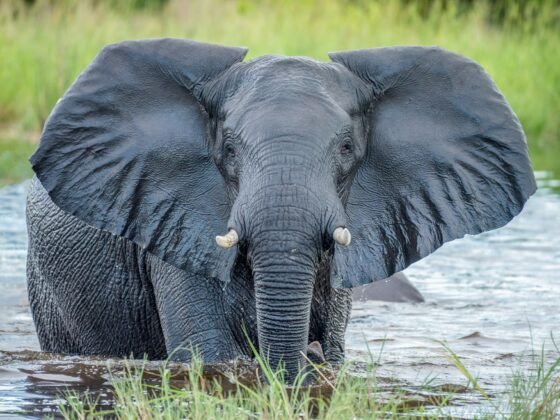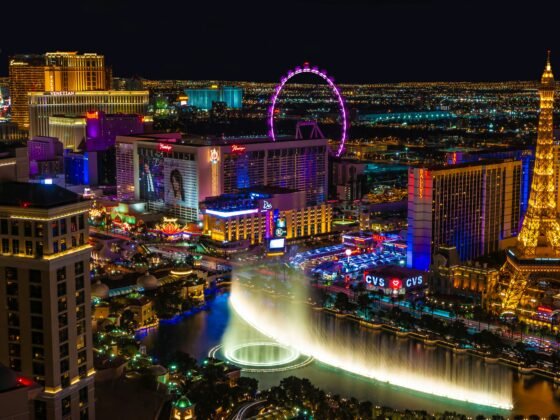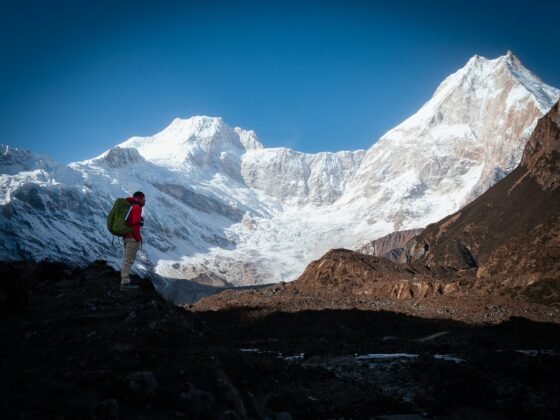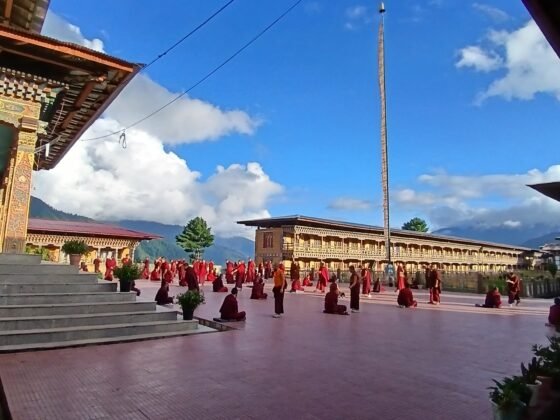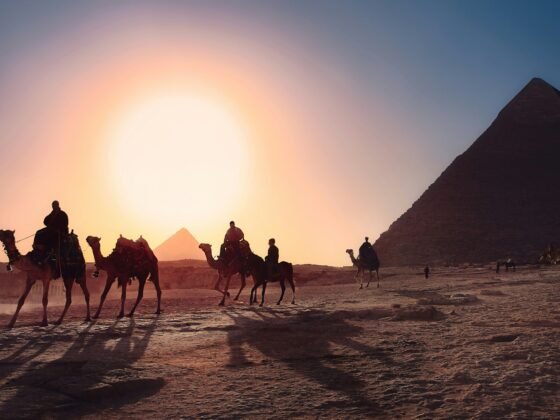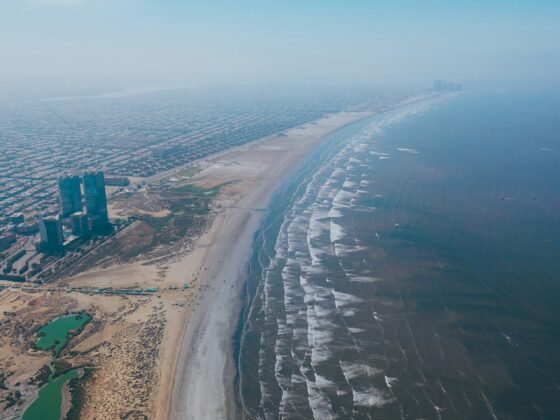Southern Utah is a prime destination for road trips, offering some of the most breathtaking landscapes in the United States. Known for its iconic red rock formations, slot canyons, and national parks, this region promises both adventure and solitude. However, planning a successful trip requires careful attention to logistics. Here’s what to consider when organizing a road trip through Southern Utah.
1. Route Planning and Destinations
Southern Utah is home to the “Mighty 5” national parks: Zion, Bryce Canyon, Capitol Reef, Arches, and Canyonlands. These parks are relatively close to one another, allowing for a convenient road trip circuit. Starting in Zion National Park, you can travel through Bryce Canyon, visit Capitol Reef, and finish in the Moab area, which includes Arches and Canyonlands.
Each park offers a different experience, from Zion’s steep cliffs and narrow canyons to Bryce Canyon’s striking hoodoos and Arches’ natural stone formations. Depending on how much time you have, you might also consider visiting Monument Valley or Goblin Valley, both of which offer unique desert scenery. Map out your route using apps like Google Maps or dedicated road trip planners, and give yourself extra time for unplanned stops to fully absorb the dramatic views.
2. Prepping Your Car
Before hitting the road, preparing your vehicle is one of the most critical aspects of the trip. Southern Utah’s diverse landscapes include paved roads, rugged trails, and remote areas, which can put stress on your car. Here’s what you should do to get your car road-trip-ready:
Check the Tires: Ensure your tires are in good condition, with proper tread depth and air pressure. If you plan to explore unpaved roads, consider tires suited for off-road conditions.
Fluids Check: Make sure to check all essential fluids, including engine oil, coolant, brake fluid, and windshield washer fluid. Southern Utah can be tough on vehicles due to extreme temperatures, so keeping fluids topped up is vital.
Automatic Transmission Fluid Change: If you plan to take long drives, especially on challenging terrain or over steep inclines, it’s wise to schedule an automatic transmission fluid change before the trip. This helps protect your transmission during the journey, especially in hot, desert climates.
Battery Health: Test your battery to make sure it’s in good working condition. Heat can be hard on batteries, so ensure it’s charging properly to avoid breakdowns.
Emergency Kit: Pack an emergency kit with jumper cables, tire-changing tools, a first-aid kit, extra water, and a flashlight. For the desert environment, it’s wise to bring extra fuel, a tire pump, and spare tires.
3. Vehicle and Road Conditions
Driving in Southern Utah is generally straightforward, with well-maintained highways connecting the major parks. However, if you plan to explore more off-the-beaten-path areas, such as the backcountry of Capitol Reef or some lesser-known slot canyons, a four-wheel-drive vehicle is recommended.
Many of the scenic drives within the parks, such as Zion’s Scenic Drive or the road through Capitol Reef, are paved and easily accessible. However, if you’re venturing into more remote areas like the Burr Trail or Hole-in-the-Rock Road, be prepared for rough, unpaved roads. It’s essential to check your vehicle before the trip, making sure you have a spare tire, extra fuel, and an emergency kit. Additionally, if you plan to take long drives through challenging terrain, it’s a good idea to have an automatic transmission fluid change before the trip to ensure your vehicle’s transmission stays in top condition during the demanding journey.
4. Weather and Timing
Southern Utah has a desert climate, so weather conditions can vary greatly depending on the time of year. Spring and fall are the best times to visit, with mild temperatures and fewer crowds. Summers can be extremely hot, particularly in areas like Moab and Zion, with temperatures often exceeding 100°F. If traveling in summer, plan early morning hikes to avoid the heat and bring plenty of water.
In winter, temperatures can drop significantly, especially at higher elevations in Bryce Canyon and Capitol Reef, where snow is common. Be prepared for cold nights if you’re camping, and check the weather forecast regularly for road closures due to snow.
5. Supplies and Fuel
While there are small towns scattered throughout Southern Utah, many areas are remote, and services can be limited. It’s important to plan your fuel stops in advance, particularly if you’re traveling through less populated regions like Capitol Reef or Grand Staircase-Escalante. Always keep a full tank of gas when heading into remote areas.
Stock up on food, water, and other essentials in larger towns before heading into the parks. While most parks have basic visitor services, they may not have the supplies you need if you’re camping or spending extended time outdoors.
Conclusion
A road trip through Southern Utah promises unforgettable landscapes and outdoor adventure. By planning your route carefully, booking accommodations in advance, preparing your vehicle for both paved and unpaved roads, and packing for the region’s varied weather conditions, you’ll be well-prepared to explore this beautiful part of the American West. Flexibility and preparation are key to navigating the logistics of such a road trip.
Photo by Kevin Ngo on Unsplash




